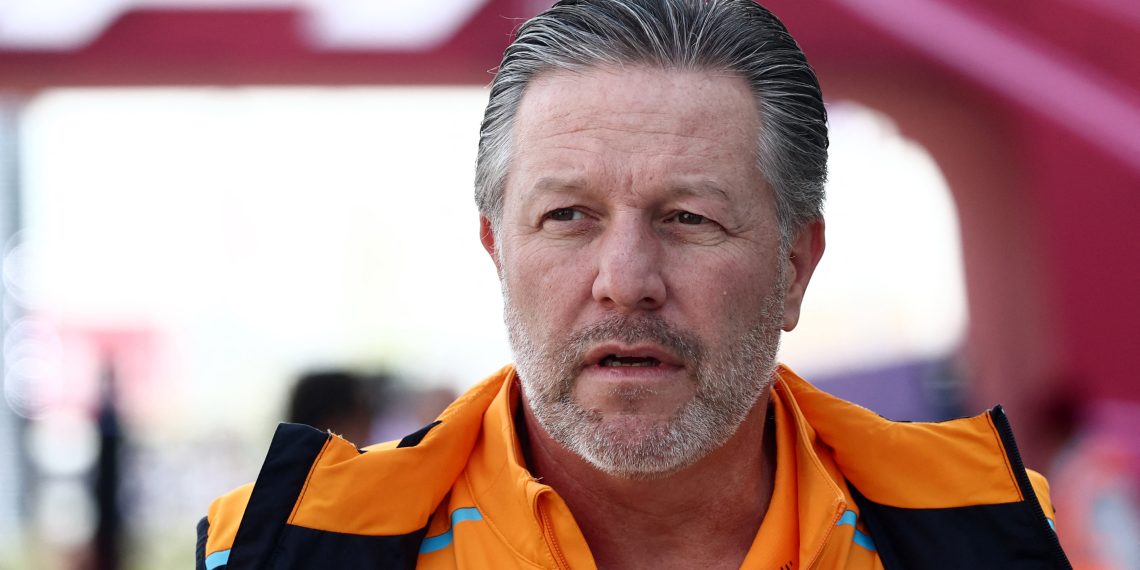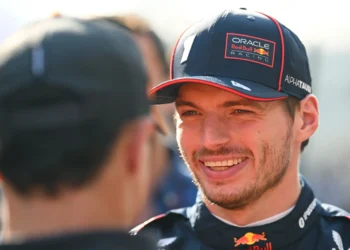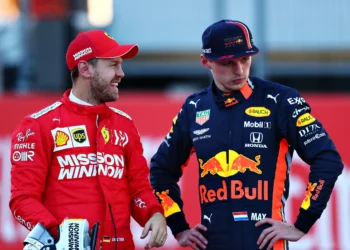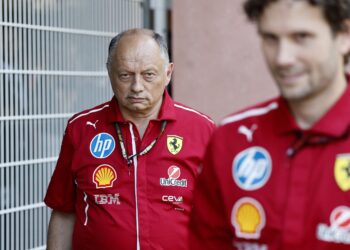McLaren’s rise to the top in 2024 was one of the most remarkable turnarounds in Formula 1 history. But for Zak Brown, the man behind the team’s resurgence, the journey to success was anything but smooth.
Before Brown took over in 2016, McLaren was in disarray—plagued by Honda engine struggles, internal politics, and what he describes as a “toxic” work environment under Ron Dennis’ leadership. Now, as McLaren sets its sights on a championship-contending 2025 season, Brown has opened up about the chaos he inherited and the massive task of rebuilding one of F1’s most legendary teams.
“It Was a Lot Worse Than I Thought” – Brown on McLaren’s Collapse
When Zak Brown arrived at McLaren, he knew the team was struggling, but what he found inside Woking’s headquarters shocked him.
“[It was] a lot worse than I thought. I came in knowing that things were not in great shape—you could see it in the brands on the car, you could see it in the results. But once I arrived, I realized it was really bad.”
At the time, McLaren was at rock bottom. Their partnership with Honda had turned into a nightmare, performance was abysmal, and morale among team members was at an all-time low.
But beyond the technical failures, it was the internal culture that truly held McLaren back.
A “Toxic” Work Environment Under Ron Dennis
Brown didn’t just have to fix a slow car—he had to rebuild the very foundation of the team’s operations. And that meant confronting the rigid and divisive leadership structure left behind by Ron Dennis.
“It was pretty toxic on the shop floor in terms of the politics.”
Under Dennis, McLaren operated under a strict, corporate-style regime, which, while successful in the late ‘90s and early 2000s, had become outdated and suffocating. Employees feared stepping out of line, and creativity was stifled. The toxic atmosphere made it nearly impossible for McLaren to evolve and adapt, especially in an era where F1 teams needed to be agile and collaborative to succeed.
One of Brown’s first priorities was to eradicate the culture of fear and create an environment where innovation and teamwork could thrive.
The Honda Disaster: More Than Just an Engine Problem
At the time, McLaren’s struggles were widely blamed on Honda’s underperforming power units, which left drivers frustrated and uncompetitive. But Brown quickly realized that McLaren’s problems ran deeper than just a weak engine.
“I think we were all convinced the problem was the [Honda] power unit, and while that was certainly a big contributor, that was not exclusively the issue.”
Switching to Renault engines in 2018 provided some improvement, but it wasn’t the instant fix McLaren had hoped for. Brown and his leadership team had to dig deeper to uncover structural and engineering weaknesses within the team that were holding them back.
“Once we changed to Renault, the results got a little better, but we knew we had fundamental problems. It was a daunting task to tackle, but we got there in the end.”
McLaren’s problems weren’t just mechanical—they were deeply embedded in their organizational structure. Brown’s ability to modernize the team, empower new leadership, and restore a winning culture became the true catalyst for their revival.
From Rock Bottom to Championship Contenders
Fast-forward to 2024, and McLaren is no longer a struggling midfield team. Thanks to Brown’s leadership, combined with the brilliance of technical chief Andrea Stella and a revamped driver lineup, McLaren secured a stunning turnaround, winning the Constructors’ Championship and cementing their place as title contenders heading into 2025.
With a dominant car, strong driver pairing, and renewed confidence, McLaren is now one of the most formidable teams on the grid—a reality that seemed unthinkable just a few years ago.
“It took time to turn it around, but we got there in the end.”
And now, for the first time in over a decade, McLaren isn’t just aiming to compete—they’re aiming to win it all.
What’s Next? The Ultimate Test in 2025
With Red Bull, Mercedes, and Ferrari all strengthening their 2025 campaigns, McLaren faces an uphill battle to defend their newfound dominance.
But if anyone knows how to take a struggling organization and turn it into a powerhouse, it’s Zak Brown.
The real question is: Can McLaren sustain this success and finally deliver their first Drivers’ Championship since Lewis Hamilton in 2008?
One thing is for sure—Brown’s McLaren is no longer a team haunted by its past. It’s a team built for the future.










